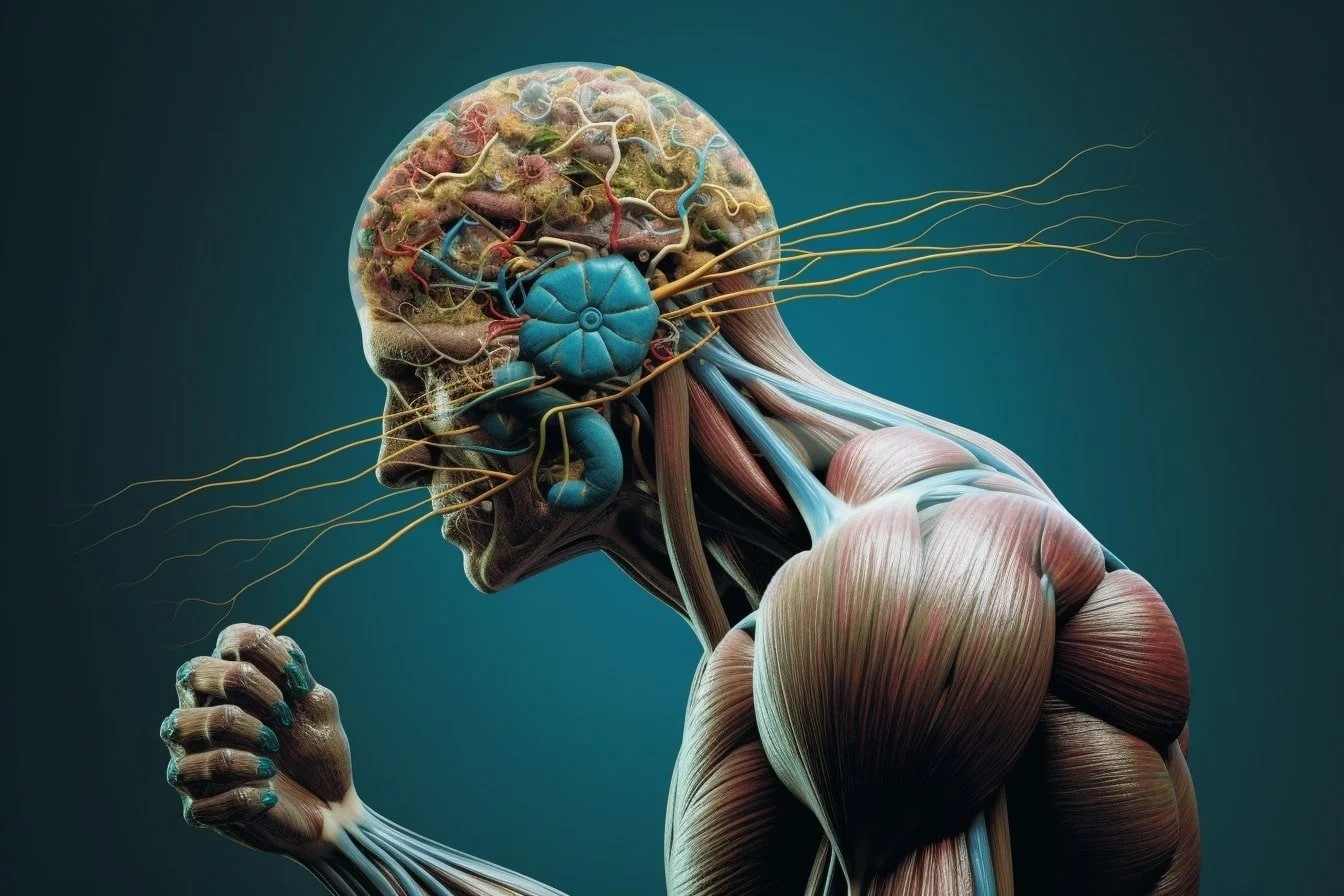Comments
- No comments found

There is a new paper in Nature, Emergent analogical reasoning in large language models, whose authors, in the abstract stated, "We found that GPT-3 displayed a surprisingly strong capacity for abstract pattern induction, matching or even surpassing human capabilities in most settings; preliminary tests of GPT-4 indicated even better performance. Our results indicate that large language models such as GPT-3 have acquired an emergent ability to find zero-shot solutions to a broad range of analogy problems."
Simply, LLMs do something similar to what humans identify as reasoning or thinking. This moves the question of can machines think—or can machines make people believe they are in a conversation with another human—to how do machines think?
However machines—supposedly—think are still not as important as how humans think, a normal that is different from conditions of mind called thought disorder, where thoughts are distorted in cases of paranoia, delusions, hallucinations and so forth.
What is the difference between thought order and disorder? In neuroscience research, thoughts are accessed by electrodes, with electrical impulses as the target. Electrical impulses are also accessed by implants in cortical areas and around the spinal cord, to correct some motor problems.
Electrical impulses are significant, but they don't act alone. They are either on the way to strike chemical impulses at synapses or they already did and heading to others. The observed motions of electrical impulses, in some cases, in conditions of thought disorder are not particularly different from regular or thought order.
So, what might be happening? It is known that clusters of neurons at brain circuits carry out some specific functions. This shows that there are sets of neurons at centers with sets of electrical and chemical impulses, responsible for change, not individuals.
What is important in a theoretical model of the brain is how sets of impulses drive change. Conceptually, the electrical and chemical impulses of nerve cells, as a group are the mind, with their interactions and features. It is these components and the interactions with their features that decide.
When someone exerts self-control or loses it, there are features and interactions of impulses responsible in those moments. What are these features and how are the interactions specified to distinguish an experience from the other? How are they also related to what LLMs seem to do?
Sets of electrical impulses strive to acquire, expand, fill or activate sets of chemical impulses, rationing them to appropriate amounts for outcomes of the divisions of mind. This is what happens at junctions or synapses. It is what determines feelings, emotions, memory, thought, sensations, perceptions, regulations, intelligence, sense of self and so forth. It differentiates an emotion from a feeling, or the smell of something and a touch, or why a taste has degrees. It is also responsible for motor control, since impulses often collaborate.
In dreams where the play is sometimes disconnected from reality, it shows that thought disorder is possible within the mind, but acting or believing them is a problem. During waking hours, such thoughts are often easily discarded, because intentionality, accessible from one of the stairs of the sets of chemical impulses, can take prioritization away from those thoughts, with the help of splits. Also, with imagination or a fantasy, it is recognized as being what it is, if it is based on reality or otherwise.
Features of sets of the components of mind include early-splits or go-before, sequences, rotations, prioritization, pre-prioritization, thick, thin shapes, principal spot, bounce points and drifts or stairs. Thought disorder is a problem of the drifts or stairs, where controls against unwanted thoughts are not accessed. It is also a problem of splits, where the acquisitions of consequences are absent, or the completion of others in the beam does not happen, allowing the individual to carry on with a distorted perception.
It is possible to model and make calculations for these, to measure how LLMs compare in some sense, or how LLMs may be helpful to correct some of these problems, when splits do not work or when the self for control is weak or not available.
Leave your comments
Post comment as a guest